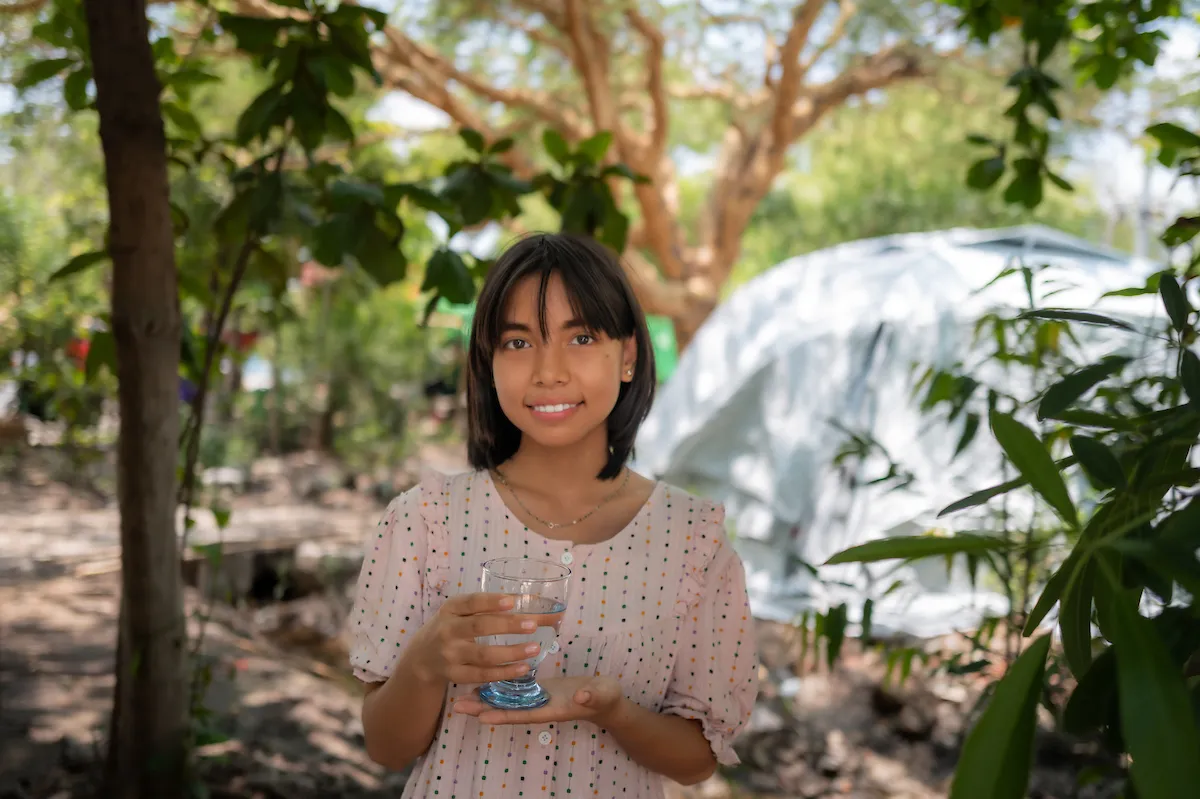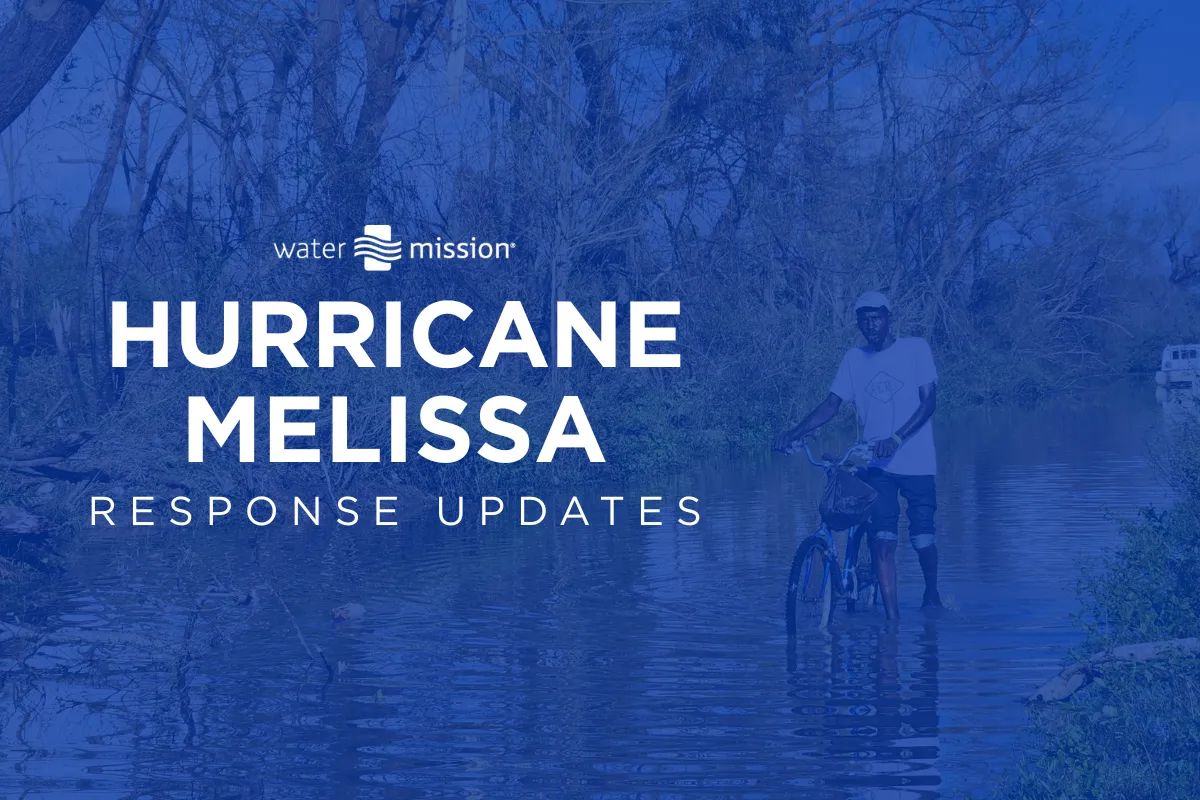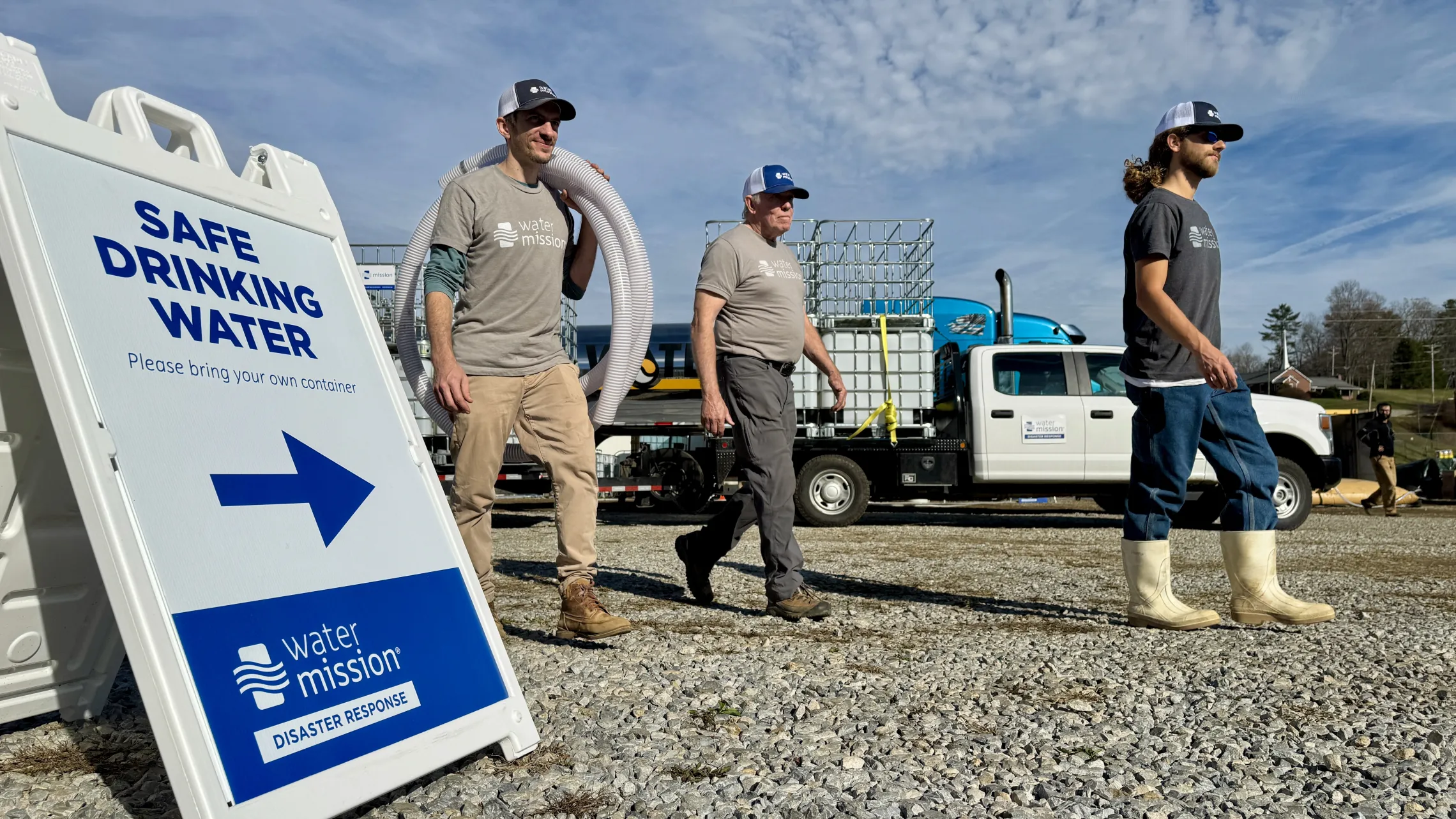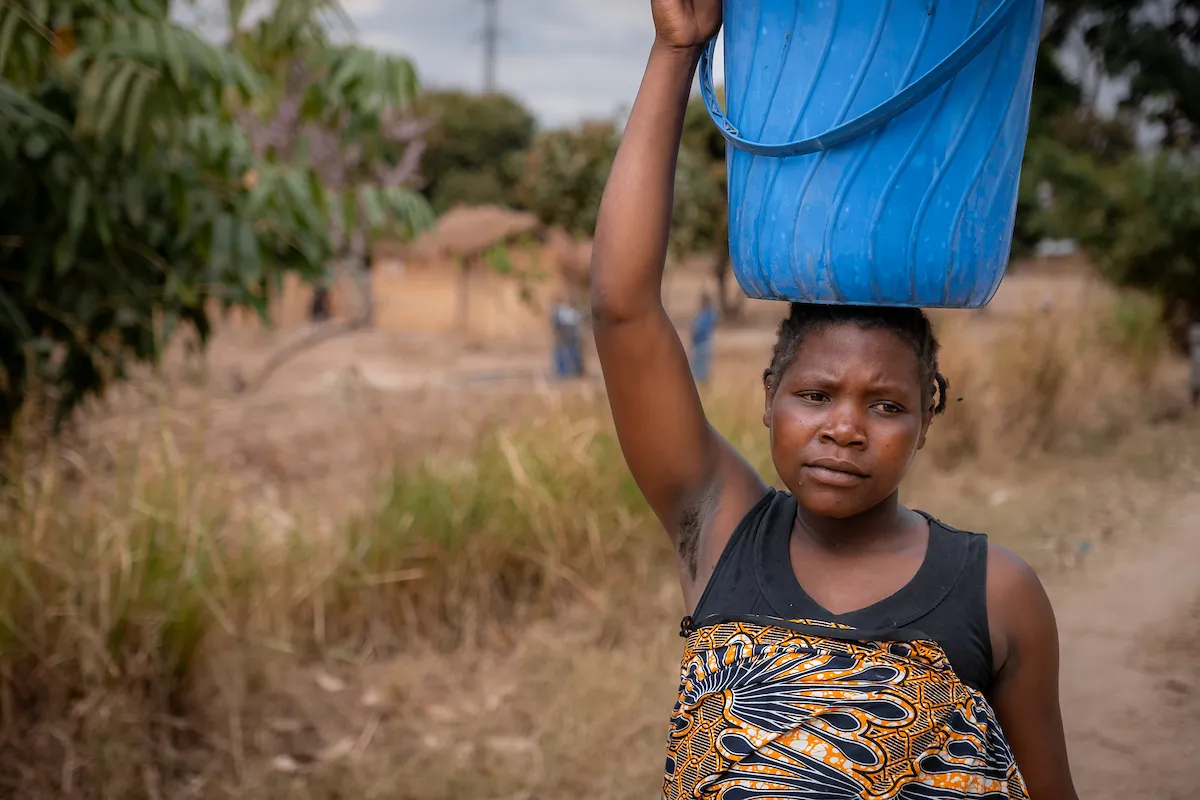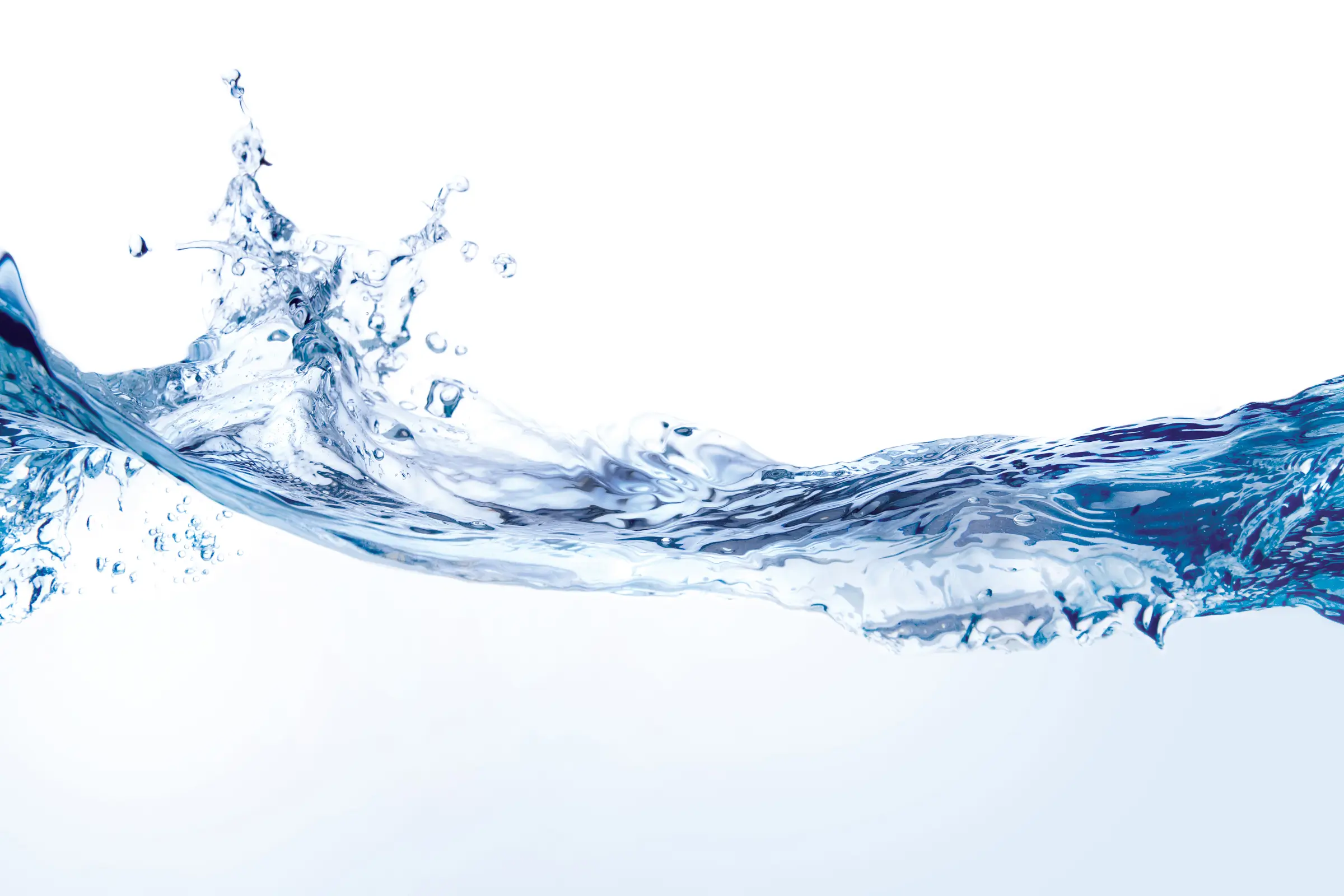Updates: Myanmar and Thailand Earthquake Response

On March 28, 2025, a devastating magnitude 7.7 earthquake struck Myanmar and Thailand. As of June 13, more than 5,300 people have been confirmed dead.
In response, Water Mission deployed a Disaster Assistance Response Team (DART) to assess safe water, sanitation, and hygiene needs in the affected regions. During any disaster, access to clean, safe water is critical—it helps prevent the spread of waterborne illnesses, which are especially deadly to young children.
Our team is on the ground actively installing safe water systems to provide emergency safe water. Read below for the latest updates from the field.


Our Disaster Assistance Response Team has partnered with Myanmar Rescue Mandalay to truck safe water to people displaced by the devastating earthquake.
At this critical moment, we got the water provided by Water Mission. It not only helps us to have drinking water but also prevents us from the risk of [illness].
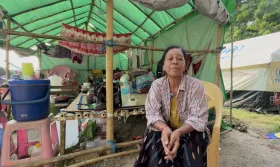
Impact
In a little over a month, our team in Myanmar has produced 226,614 liters of water and, with partners, trucked an additional 154,300 liters. There are two sites producing safe water, with 12 sites receiving trucked safe water via a partner on the ground. We have been blessed to be able to serve more than 7,400 people with emergency safe water in the wake of this deadly earthquake.

Second System Installed in Myanmar
We now have safe water flowing from two systems. The first was installed at the site of Myanmar Rescue Mandalay, a local organization that distributes water around Mandalay via water trucks. Water Mission’s safe water system will ensure the water distributed is treated and safe. The second system was installed in a monastery between a decimated slum and an impoverished community, where the need for safe water is significant. These systems have the capacity to serve an estimated 10,000 people each day with potable drinking water.
Safe Water is Flowing in Myanmar
Water Mission’s Disaster Assistance Response Team (DART) is on the ground in Myanmar, actively providing access to safe water for as many people as possible, as quickly as possible. We now have safe water flowing from our first completed system, which was installed at the site of a local organization that distributes water around Mandalay via water trucks. Water Mission’s safe water system will ensure the water distributed is treated and safe.

Shipment
On Thursday, our team was in Yangon to load critical equipment onto a truck bound for Mandalay, near the earthquake’s epicenter. The truck is carrying components for two reverse osmosis water treatment systems—each capable of producing 1,000 liters of safe, emergency drinking water every hour.




Assessment
Water Mission is actively working to assess needs in Myanmar and discern how best to serve families impacted by the earthquake. Our initial assessments have revealed the greatest need is for access to safe water. DART members have connected with local partners to collect initial data on four potential installation sites in the affected area of Mandalay. Through the assessment, the team has determined installation locations for two safe water systems.
Disaster Response team member Craig Williams shares an update from Myanmar.
The first site where we plan to install a safe water system is a local humanitarian organization’s main office, which includes a water trucking station. Installing a system here will allow us to treat water that will be distributed around Mandalay. The second installation site is in a monastery between a decimated slum and a community, where the need for safe water is critical.
The Water Mission team is considering distributing hygiene kits to affected families. Designed to support a family of six for one month, these kits contain items such as soap, toothbrushes and toothpaste, diapers, and sanitary pads. These would help families prevent the spread of infection, meet basic hygiene needs, and restore a sense of dignity. We also plan to distribute jerrycans so people can collect safe water from installed systems.
Deployment
Water Mission deployed a Disaster Assistance Response Team (DART) to Myanmar and Thailand to assess safe water, sanitation, and hygiene needs following the deadly magnitude 7.7 earthquake. During any disaster, clean, safe water is critical. It helps prevent the spread of waterborne illnesses, which are especially deadly to young children. Our team is evaluating safe water, sanitation, and hygiene needs to discern how to best serve families impacted by the earthquake.

“Water Mission has responded to more than 60 disasters around the world, including similar large earthquakes over the last two years in Turkey and Morocco. Our Disaster Assistance Response Team is well versed in quickly mobilizing and collaborating with partners on the ground to provide emergency assistance as quickly as possible where it is needed most.”




Related Impact Stories
